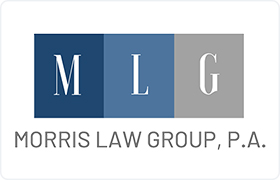Houston County, MN Bankruptcy Lawyers, page 4
Sponsored Law Firm
-
 x
x

Click For More Info:
-
Morris Law Group PA
7380 France Ave S. Suite 250 Edina, MN 55435» view mapBankruptcy & Debt We Are Experts In What We Do
Whether it’s your home or business, you are important to us. Reach out today to set up a meeting with one of our experienced Edina lawyers.
952-832-2000
Includes: Bankruptcy Litigation, Commercial Bankruptcy, Consumer Bankruptcy, Dissolution
Not enough matches for Houston Bankruptcy lawyer.
Below are all Houston lawyers.
 Bethany Danner Edina, MN
Bethany Danner Edina, MN Practice AreasExpertise
Practice AreasExpertise
